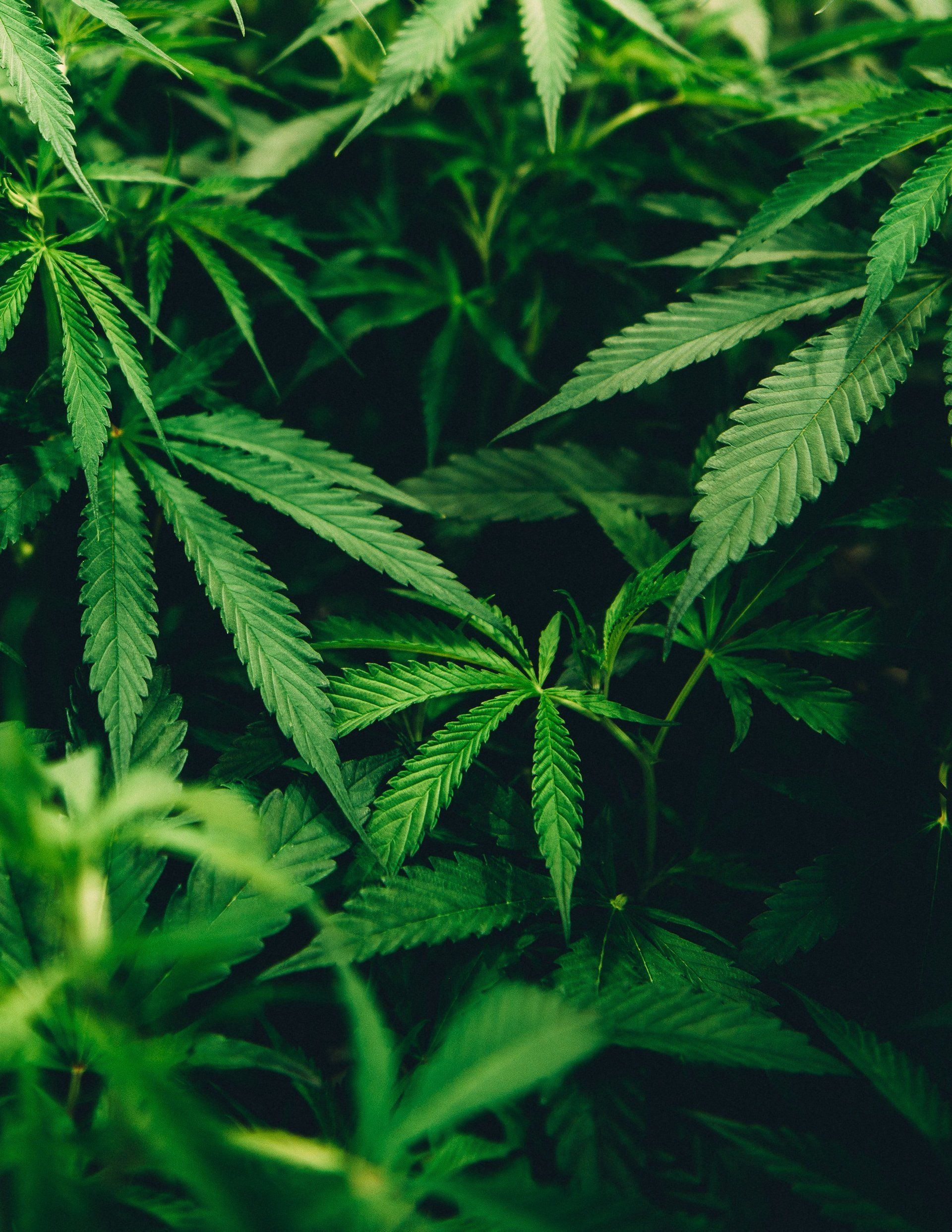From transactional to transformational: Social impact programs for law firms
This article was written by Pamela Cone for Legal Executive Institute
When it comes to having a social impact, a law firm’s random acts of kindness can make a difference, but to be truly transformational, your firm must go to the next level.
The first step in any law firm’s evolution is to analyze how it views the social impact it is making now. In this article, you’ll find a list of questions about the firms’ current programs and practices that will help you take the needed steps to move your firm’s social impact program from transactional, individual good works to a truly transformational program that makes a larger and strategic social impact.
How does your social impact program function today?
When most law firms think of social impact programs, they are referring to the pro bono programs and diversity and inclusion initiatives they may already have in place. Perhaps they even have a “green team” of interested employees that focuses on sustainability issues, such as recycling, reducing paper waste, and switching to LED lighting.
These programs are usually isolated and completely independent of each other. And while each program likely achieves good outcomes, this siloed structure doesn’t maximize the value that’s possible by taking a more holistic, collaborative, and strategic approach.
Asking questions about your firm’s programs
To understand where your firm is along the spectrum of making a social impact, and how that could be improved, ask the following questions about your firms’ current programs and practices:
- Are the firm’s pro bono, diversity and inclusion, and sustainability programs aligned with its business strategy?
- Are your lawyers’ best skills being leveraged for greater social impact through your pro bono work? Can you provide examples?
- How are you collaborating with clients for greater diversity and inclusion results?
- Are the leaders of each of these programs part of the firm’s governing body? Is firm management listening to these program leaders?
- Does firm management consider the social impact ramifications of its decisions?
The firm’s program is transactional if its social impact initiatives function in completely separate siloes, aren’t collaborative in nature, and aren’t part of the firm’s overall governance process. At this transactional stage, the firm is missing an opportunity to have a much greater social impact in the lives of its employees, clients, and community. Migrating your firm’s social impact programs into a more holistic approach will leverage its efforts and achieve more results that align with the firm’s strategy.
Maturity stages of a social impact program
One way to understand the maturity stages of a social impact program is to consider the following three stages: Transactional, Transitional, and Transformational. Here’s what a program looks like at each stage.
Transactional
This is the most common description of law firms’ programs today. Occasionally, due to a client request, a partner’s passion, or an employee’s initiative, the firm (or more likely an individual office) will get energized around a particular cause or event. They might form a team to play in a charitable golf tournament with a client, or there might be a team of employees who volunteer to do a park clean-up, or perhaps a gift drive during the holidays.
These are all great community involvement activities, and they are all worthy causes. However, there is no overall strategy or focus, and these activities are stand-alone, random, and not strategic to the business. This is considered transactional efforts — offering time, but not talent or treasure.
Transitional
The next step in the maturity of a social impact program is transitional. In this stage, the firm is a bit more focused in its efforts, and perhaps has identified specific themes or specific partnering organizations or causes.
Aligning with such themes or with specific partners allows for greater outcomes, simply because of the increased concentration of resources toward more focused objectives. In the transitional stage, a firm is likely to be offering time and treasure — and perhaps even a bit of talent as well (such as pro bono work).
Transformational
The ultimate phase of a social impact program is to operate at the transformational level. For a social impact program to be truly transformational, however, the firm must set specific themes and objectives that align with its specific talents and skills. The firm will have sought specific, collaborating organizations with whom to form partnerships (including clients), thus achieving more than the firm could achieve alone. At this stage, the firm provides time, treasure, and talent to achieve greater results and greater social impact.
Alignment with goals & clients
It is vitally important to note that these three stages of social impact need not be mutually exclusive, and in fact, rarely are. Most firms have initiatives underway in all three stages at one time. In other words, just because a firm may launch a transformational program firmwide doesn’t mean all initiatives already underway at the transactional or transitional phases must cease. Rather, initiatives in those phases may continue to advance along the spectrum to maturity.
Indeed, the key question firm leaders should ask about their firm is: Are our firm’s social impact programs transformational in a way that is core to the firm’s business goals, consistent with its purpose, and collaborative in nature?
Given the growing expectations of stakeholders (clients, business partners, recruits, and employees), social impact can no longer be an afterthought for a law firm. In fact, these initiatives — from pro bono, to diversity and inclusion, to sustainability — need to be strategic to the firm’s mission and business focus, and firm management must consider environmental, social, and governance issues as factors in its decision-making.
Firm leaders should continually be asking: Where do our efforts land on the transactional, transitional, transformational scale? What steps do we need to take in order to achieve transformational outcomes?
Even before onset of the current global pandemic, economic crisis, and social unrest, the social impact of all businesses, especially around diversity and sustainability, were coming under increasing scrutiny from stakeholders.
Astute law firms are preparing now to ensure their once-random acts of kindness are on the path to transformational maturity. It is now table stakes.






